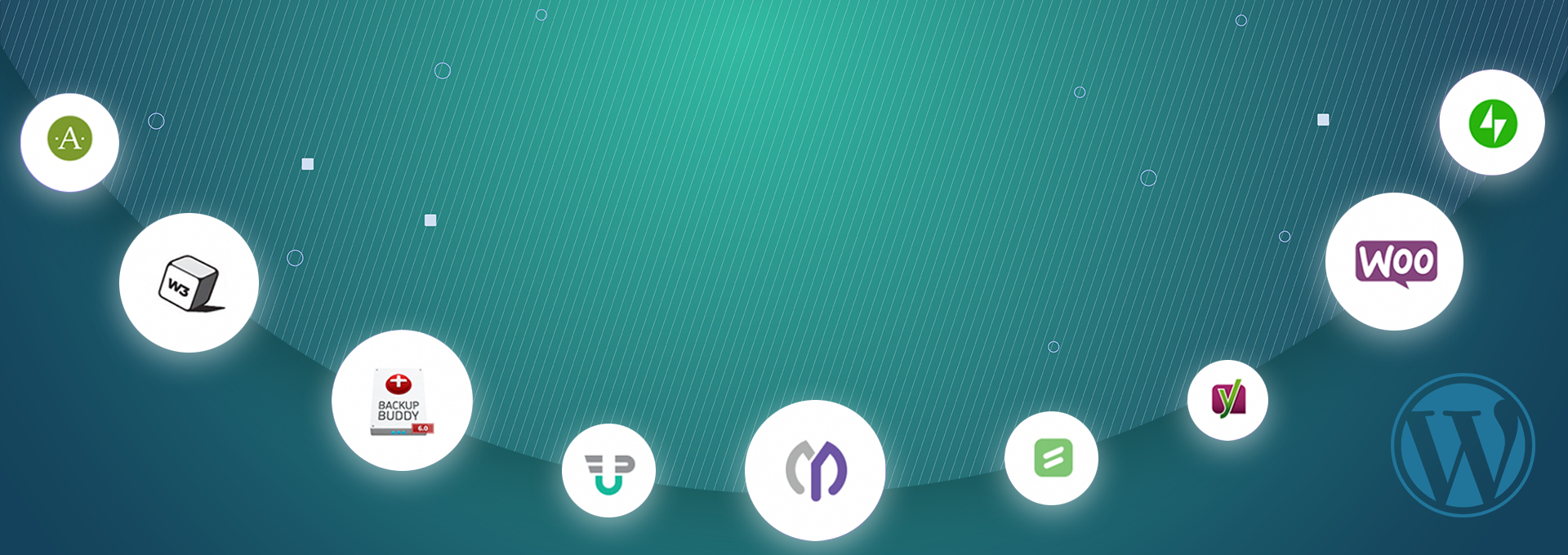SEO vs SEM vs PPC: What’s the Difference?
- btle_admin
- November 23, 2023
- 7:40 am
- No Comments
In the digital marketing realm, three acronyms often dominate the conversation: SEO, SEM, and PPC. While these terms are closely related, they represent distinct approaches to enhancing online visibility and driving traffic to websites. In this blog, we’ll explore the key differences between SEO (Search Engine Optimization), SEM (Search Engine Marketing), and PPC (Pay-Per-Click advertising) and provide insights into when to use each strategy.
SEO (Search Engine Optimization):
SEO services is the practice of optimizing a website’s content and structure to improve its organic (unpaid) search engine rankings. It focuses on enhancing a website’s visibility in the “natural” or “organic” search results of search engines like Google, Bing, and Yahoo.
Some key aspects of SEO are as follows:
- On-Page Optimization: This includes optimizing content, meta tags, headings, and images.
- Off-Page Optimization: Building high-quality backlinks and enhancing the website’s authority.
- Technical SEO: Improving website speed, mobile responsiveness, and other technical factors.
- Keyword Research: Identifying and targeting relevant keywords.
- Content Creation: Developing valuable and informative content for the target audience.
SEM (Search Engine Marketing):
SEM is a broader term combining both SEO and PPC. It refers to any strategy or activity that aims to increase a website’s visibility on search engine results pages (SERPs) through paid or unpaid efforts. In the context of SEM, SEO is considered the “organic” or “unpaid” aspect, while PPC is the “paid” component.
Some key aspects of SEM are as follows:
- Combines SEO and PPC strategies to maximize a website’s online visibility.
- Leverages paid advertising for immediate results.
- Involves optimizing landing pages, ad campaigns, and keywords for PPC.
- Balances paid and organic efforts to drive traffic and conversions.
PPC (Pay-Per-Click):
PPC is a specific type of online advertising in which advertisers pay a fee each time one of their ads is clicked. It’s a method of buying visits to a website rather than earning them organically. PPC ads typically appear at the top or bottom of search engine results pages and are marked as “sponsored.”
Some key aspects of PPC are as follows:
- Immediate Results: PPC campaigns can drive traffic and conversions quickly.
- Cost Control: Advertisers set a budget and are charged only when a user clicks on their ad.
- Keyword Targeting: Ads are displayed when specific keywords are searched.
- Ad Copy: Crafting compelling ad copy and landing pages is essential for PPC success.
- Performance Tracking: Advertisers can monitor and adjust campaigns in real time.
A Guide on When to Use Each Strategy:
Understanding the differences and when to use each approach is crucial for creating a successful digital marketing plan. Depending on your goals, resources, and timeline, you can choose the strategy that best suits your needs. Here is a guide to find the best choice: –
Use SEO when:
- You want to improve your website’s long-term organic visibility.
- You’re focused on creating high-quality, informative content.
- You’re looking for a sustainable, cost-effective approach to driving traffic over time.
Use SEM when:
- You want to combine the strengths of both organic and paid strategies.
- You need quick results and are willing to invest in paid advertising.
- You’re looking for a flexible approach to online marketing.
Use PPC when:
- You want immediate, highly targeted traffic.
- You have a specific promotion or event to highlight.
- You want to control your advertising budget and spend.
In conclusion, SEO, SEM, and PPC are three distinct but interrelated strategies for improving online visibility and driving traffic to websites. Whether it’s the long-term focus of SEO, the combination of SEO and PPC in SEM, or the immediate results of PPC, these strategies provide valuable tools for businesses looking to succeed in the digital landscape.
Popular Categories
Newsletter
Get free tips and resources right in your inbox, along with 10,000+ others






